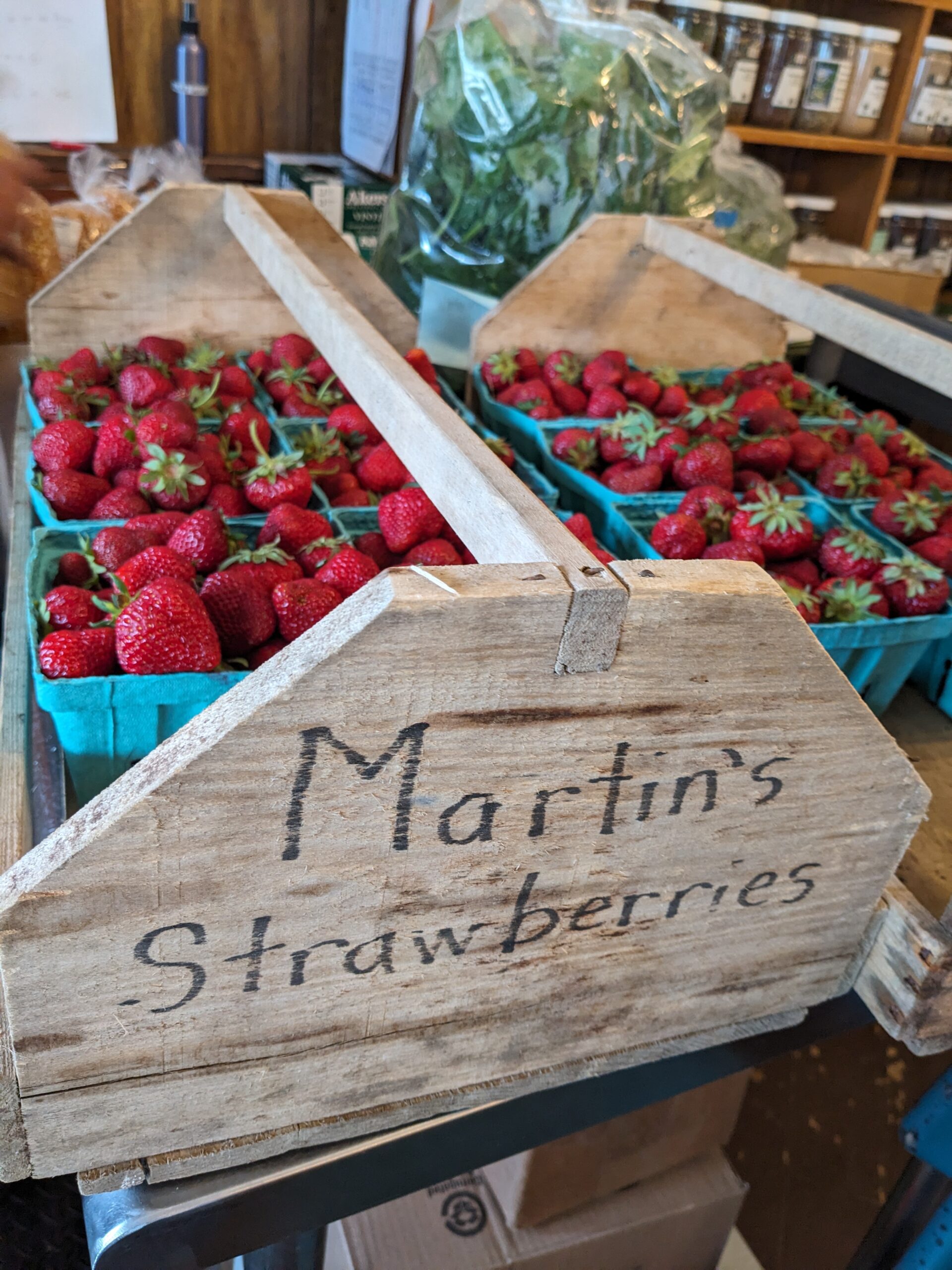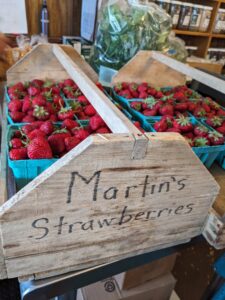Ever stared at a pear in the produce aisle, wondering, “Am I about to feed my family fruit… or a science experiment?”
You’re not alone. Lucky for all of us, the Dirty Dozen and Clean Fifteen lists exist to help you pick your produce battles wisely—and maybe even save a few bucks while you’re at it.
At Nature’s Storehouse, we’re here to make healthy eating less stressful and more delicious (and hopefully a little more fun). So here’s your cheat sheet to produce peace of mind:
🍓 The Dirty Dozen (2024 Edition)
“Wait, 2024, why not 2025?”
Okay, so,
Dirty Dozen and Clean Fifteen lists in March of each year, based on testing data from the previous growing season (usually USDA tests from two years prior). So:
The 2024 list is the most current version available as of June 2025.
The 2025 list likely won’t be published until March 2026.
So while it may feel a little behind the calendar, the info is actually up-to-date and accurate for summer 2025.
Now that we’re all on the same page, let’s get into it!
The Dirty Dozen:
These fruits and veggies are basically pesticide magnets. Even after washing, they tend to hang onto the chemical stuff. If you’re going to splurge on organic, start here.
Strawberries – nature’s candy, with a pesticide chaser
Spinach – leafy, green, and chemically seasoned
Kale, collards & mustard greens – the hipster greens with baggage
Grapes – one word: wine (just kidding… but not really)
Peaches – fuzzy and fragile
Pears – sweet and suspicious
Nectarines – like peaches, but sneakier
Apples – the “healthy snack” that’s been sprayed a lot
Bell & hot peppers – beautiful, colorful, and chemically complicated
Cherries – little red rebels
Blueberries – antioxidant-rich with a side of pesticide pie
Green beans – your grandma’s side dish just got shady
🛒 PS: We’re getting regular deliveries of local strawberries from Martin’s Farmstand and local/organic kale from Kent Family Growers—because nothing ruins a meal faster than a residue report.
🍍 The Clean Fifteen (2024 Edition)
These are the chill ones. Thick skins or natural resistance keep pesticide residues low. You can breathe easy (and save your organic budget for the drama queens above).
Avocados – basically armored
Sweet corn – party food with a clean conscience
Pineapple – tough on the outside, saintly on the inside
Onions – pungent and pure
Papaya – weird but wonderful
Sweet peas (frozen) – your freezer MVP
Asparagus – fancy, and low-maintenance
Honeydew melon – boring, but harmless
Kiwi – fuzzy on purpose
Cabbage – your coleslaw is safe
Watermelon – summer’s guilt-free pleasure
Mushrooms – fun guys (sorry)
Mangoes – tropical and trustworthy
Sweet potatoes – rooty and righteous
Carrots – solid citizens
💡 Think of this list as your “budget buddy.” Save your money here, and put it toward those high-maintenance strawberries.
🥬 Real Talk from the Produce Section
Buying organic isn’t all or nothing. Do what you can, and we’ll help with the rest.
Many of our local farmers use organic methods even if they don’t have the official certification—because paperwork is expensive and dirt is eternal.
Wash everything. Even the cleanest produce deserves a rinse. (We don’t judge, but your kitchen sponge might.)
🌱 TL;DR (Too Long; Definitely Radishes)
The Dirty Dozen = buy organic when you can.
The Clean Fifteen = conventional is cool.
The Storehouse = here to help you feel good about your groceries.
Swing by the produce section—ask what’s fresh, what’s local, and what’s been lovingly grown without mystery chemicals. Or just come say hi. We like that too.
Mush love from your local happy potato,
Marybeth <3




